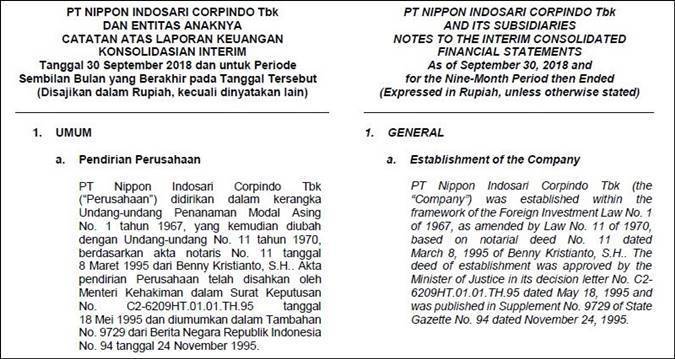


Certainly, the component values can be worked out for a given matching-circuit topology. Q: Why is this difficult? Isn’t this just a matter of detailed calculations which can be automated?Ī: Yes and no. There are many topologies for implementing networks that can do this, but determining the specific values of the components within these networks is very difficult. Q: Once you know the source and load impedance, what’s the next step?Ī: The next step is to devise a matching network so that the source sees an impedance equal to its complex conjugate, and the load sees a source with impedance equal to its own complex conjugate.


The VNA sweeps across the frequency range of interest, measures the impedance, and then provides a table or graphical representation of results. The difficulty of assessing these impedances increases with frequency.Ī: A sophisticated test instrument called a vector network analyzer (VNA), as well a test suite are used, Figure 1. In these cases, impedances must be measured. In many cases, impedances must be determined by a detailed model of the circuit and its many elements, which is a difficult task for high-frequency RF. In some cases, such as individual components, the vendor provides this data however, parasitics and other in-circuit factors will change these values. Q: What are the challenges in impedance matching?Ī: The first challenge is figuring out what the source output impedance and load impedance actually are. The Smith chart is a very helpful graphical tool for developing the matching network. It may seem that doing a few calculations using a software package is all that is needed, but the reality is far more complicated. Once the need for an impedance-matching network is determined – and it is very likely needed – the next challenge is defining and creating this network. Part 1 looked at impedance matching and the need for a complex conjugate impedance at the load, compared to the source impedance.


 0 kommentar(er)
0 kommentar(er)
